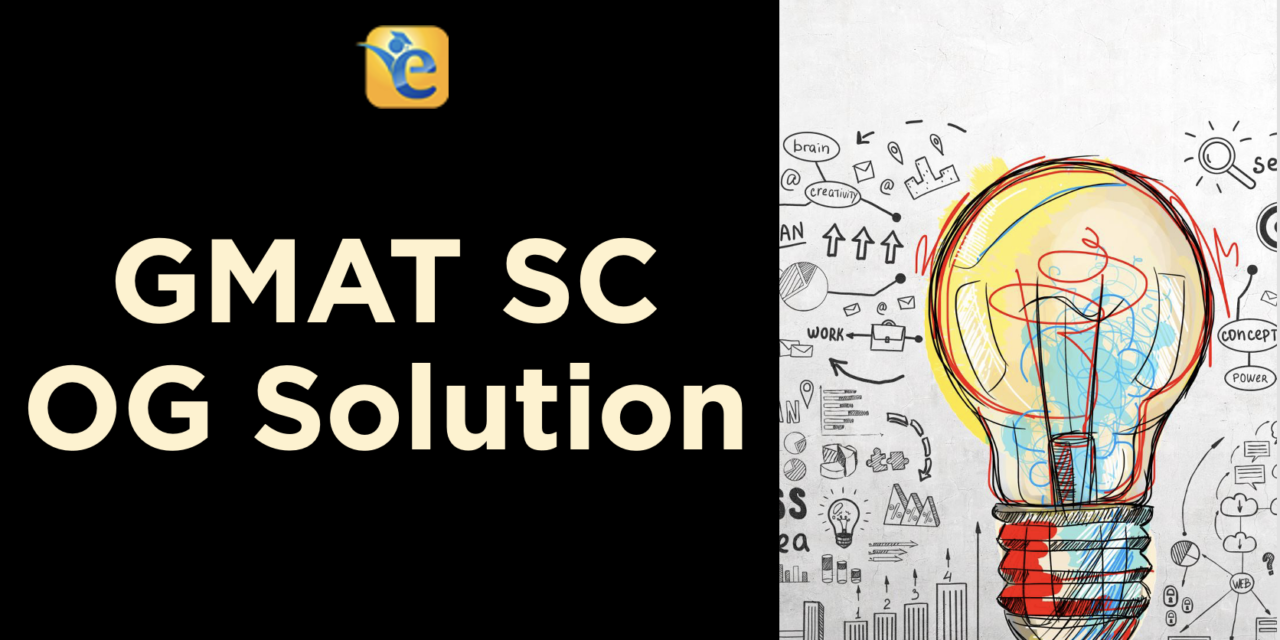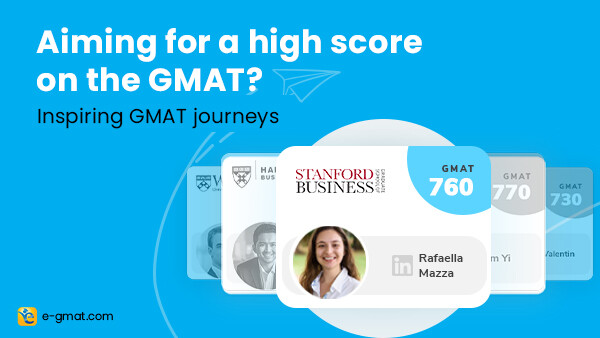What does this question test?
This question tests your skill in understanding the meaning of the sentence and communicating the meaning through proper English.
What does this sentence mean?
This sentence states that in 1988 the Council on Economic Priorities began publishing a magazine or a book – Shopping for a Better World. Then it presents the thesis of this publication. Now this “thesis” is not presented properly. It appears that the thesis is of the consumers – consumers who have the power to change the companies. This does not make much sense. The intended meaning is as follows – the thesis is that consumers have the power to change the companies by refusing to buy.
Loved the solution? Take a free trial to get unlimited access to concept files, live sessions, and practice questions. For any strategic advice for GMAT or MBA Admissions, write to us at acethegmat@e-gmat.com. We are the most reviewed GMAT prep company on GMATClub with more than 2400+ reviews
What are the errors in the original sentence?
This sentence has meaning errors as explained in the meaning analysis above.
Answer Choice Analysis:
Choice A: Meaning Error
Choice B: This choice also has meaning error as explained in Choice A. This meaning error is related to the expression “thesis of consumers”.
Choice C: Modifier Error. The modifier “where..” can only be used to modify places. The publication is not a “place”.
Choice D: This choice is wordy.
Choice E: No Errors. In this choice, the modifier “whose…” is used to modify the publication. This is correct. Note that whose can be used to modify both animate and inanimate objects.
Thus, Choice E is the correct answer.
What are the key take-away messages?
- If the original sentence does not communicate logical meaning, then select an answer choice that does. It is very important to infer the intended meaning from the incorrectly worded original sentence.
- “whose” can be used to refer to both animate and inanimate objects.
Where can you find more information?
Register at e-gmat to access Sentence Correction free trial. For more detail on modifiers, refer to the modifier concepts in Level 1 and Level 2. The prepositional modifiers are covered in detail in Level 1 concept – Types of Modifiers. The “whose” relative pronoun modifiers are covered in Level 2 concept – Modifiers – Relative Pronouns.
Loved the solution? Take a free trial to get unlimited access to concept files, live sessions, and practice questions. For any strategic advice for GMAT or MBA Admissions, write to us at acethegmat@e-gmat.com. We are the most reviewed GMAT prep company on GMATClub with more than 2400+ reviews











